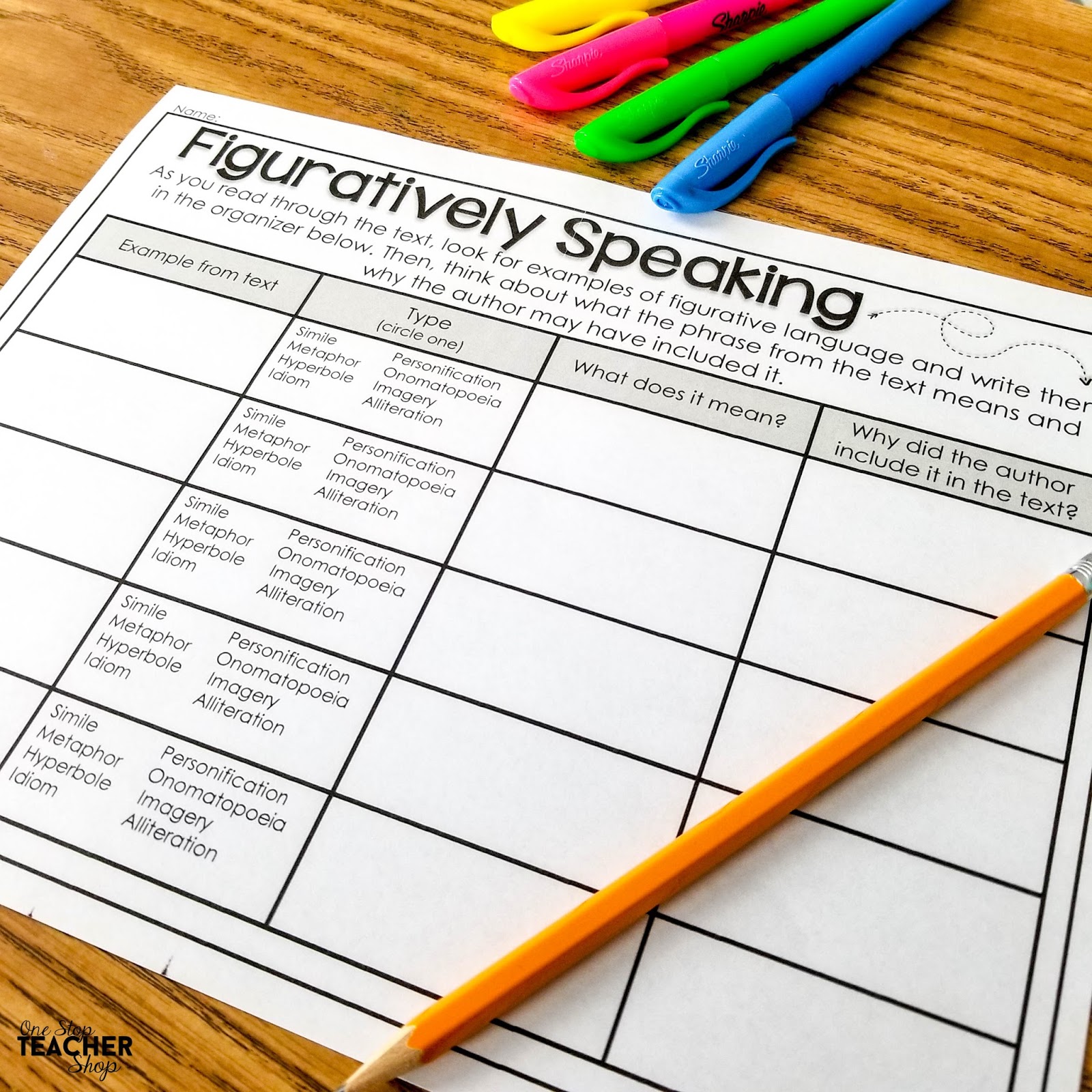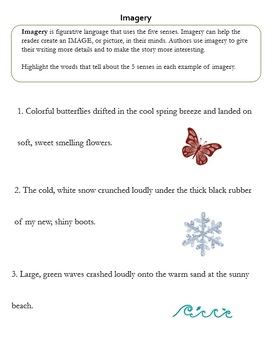


Currently, patient experiences and meanings attributed to MI are widely unknown so far.Īfter adopting MI in stroke rehabilitation in the late 1990s, it has been shown to be beneficial for motor function recovery when added to physical practice. However, designing effective imagery interventions depends on patients’ typical normal use, intentions, and imagery content when using the technique. During recent years, MI has received increasing attention as a training approach in rehabilitation of stroke patients. Motor imagery (MI) is a recognised and established method for different individuals (children, students, athletes, and patients) and for different purposes (cognitive, strength, and motor-related tasks). In contrast to sports, patients did not talk about how MI was triggered rather than how MI was designed. Patients recommended daily MI training and began to transfer MI to practice movements that were affected by the stroke. MI became an automatic process, and patients did not need specific concentration and quietness as mentioned in the first interview. After MI training, patients became more flexible regarding their location and position during MI practice. Patients imagined themselves as healthy individuals, did not focus on surroundings during MI practice,and reported to use positive imagery only.
Practice identifying types of imagery how to#
Information regarding domains where, when, what, why, and how to use imagery was addressed.

The coding scheme was based on the framework and a hierarchical categorisation. Information was obtained regarding experiences and knowledge of MI, and the evaluation of an MI practical example. Semistructured interviews were conducted before and after a two-week MI intervention period with six MI sessions. Eleven patients (ages 31–85, 3 females, 1.3–6.4 years after stroke) were interviewed. A framework on where, when, what, why, and how to use imagery from sports psychology was explored whether it can be applied in patients after stroke in their chronic stage.


 0 kommentar(er)
0 kommentar(er)
